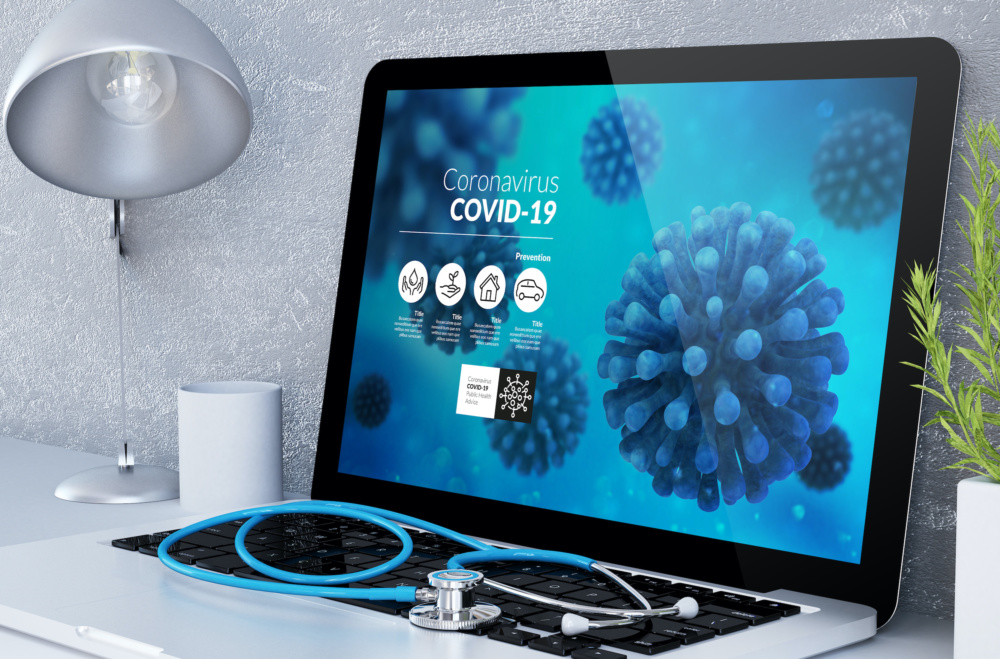ENT Clinics of San Antonio
Do you have breathing problems such as wheezing, shortness of breath, a chronically stuffed nose, or throat tightness? If so, you should seek a consultation with your local ENT physician. These doctors have numerous ways to diagnose and treat your breathing problems associated with the nose and upper airway so you can function well and get on with your daily life.
The symptoms of breathing problems
Breathing problems associated with asthma, pneumonia, COPD, or bronchitis usually differ from those stemming from the nasal passages, larynx, or trachea. For respiratory difficulty associated with the lungs, patients see a pulmonary specialist. For the upper airway, people see an otolaryngologist.
What are the symptoms of upper airway breathing problems? You may experience some or all of the following:
- Wheezing which is noticeable to other people
- Persistent coughing
- Mouth breathing
- Voice hoarseness
- Fatigue to the extreme, particularly on exertion
- Throat tightness
- Constant nasal congestion and frequent nose blowing
What could be the cause?
According to Michigan Medicine, chronic or acute sinusitis (aka sinus infection) affects millions of people in the US. If left untreated, sinusitis leaves patients feeling fatigued due to the increased symptoms of coughing, congestion, and nose blowing.
Common causes for acute sinusitis include inflammation from allergies and exposure to viruses and bacteria from environmental pollution. Chronic sinusitis may stem from exposure to tobacco smoke, although it arises more commonly from nasal polyps, inflamed sinus turbinates, and deviated septums.
Diagnosing and treating breathing problems
As related to the upper airway, your ENT will ask you to describe your symptoms. Then, your nasal passages and sinuses will be examined with an endoscope, a thin, lighted tube which contains a small camera.
The otolaryngologist takes images of structures which could be obstructing your airway and causing your symptoms. Precise CT scanning gives the doctor more views of what’s happening inside the air-filled cavities that we call sinuses.
Common treatments include steroidal sprays, oral steroids, antibiotics, allergy testing, pain treatment, and sinus surgery (a last resort option). Additionally, simple nasal irrigation with a Neti pot can flush out excess mucus, open passages, and reduce breathing difficulties.
Tackle your breathing problems
Your ENT doctor can help relieve your discomfort by listening to your symptoms, carefully performing a full assessment, and curating a treatment plan tailored to your needs. Make the call today!





Recent Comments